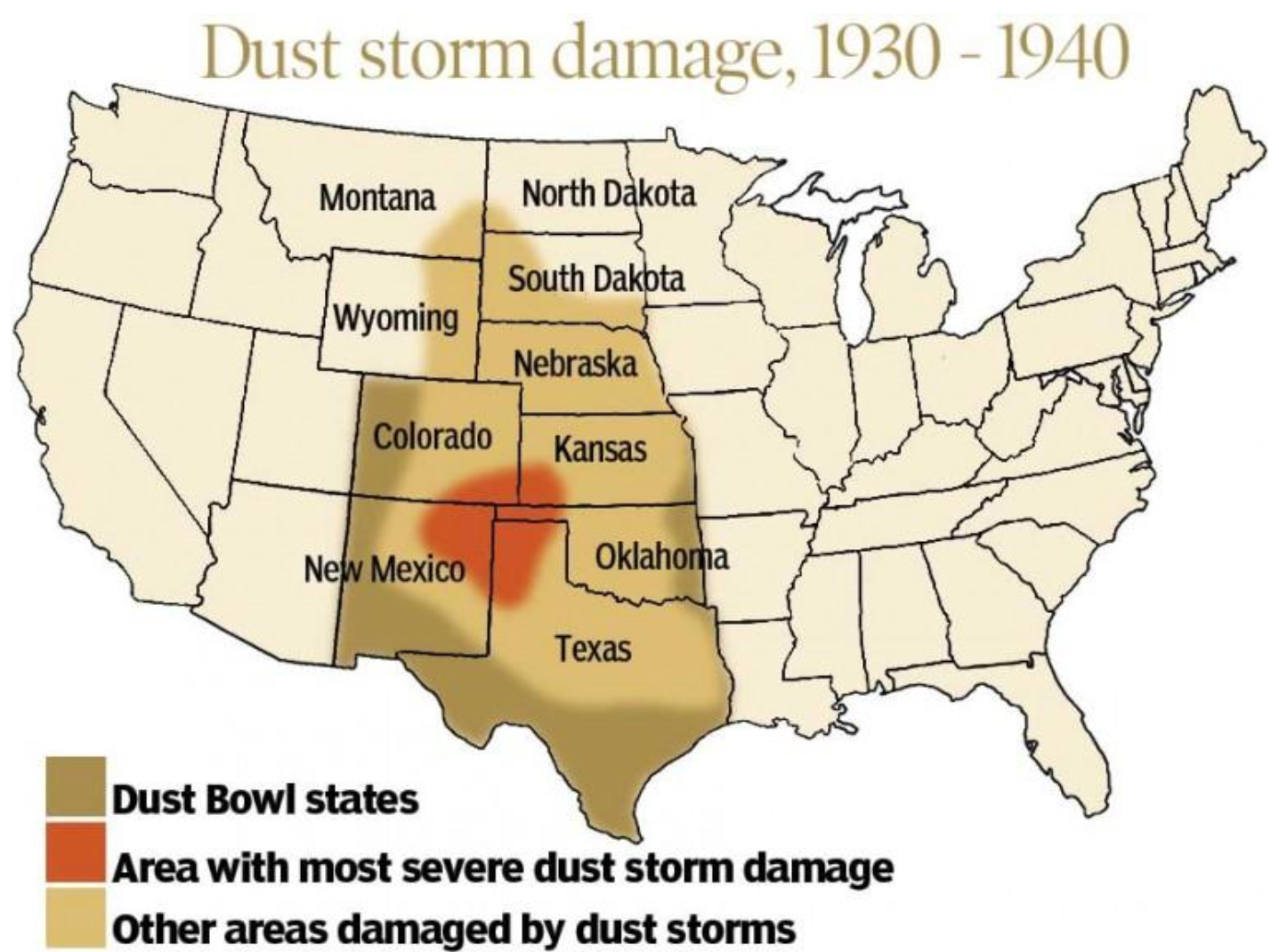Watch this video with Ernest Callenbach about his visionary novel Ecotopia (1975), about the secession from the US of the eco-minded in Northern California, Oregon and Washington. Comment on two good ideas devised by the citizens of Ecotopia and/or two that would have met with serious challenges or resistance.
Sunday, April 27, 2025
Tuesday, April 22, 2025
HW for April 28th: Frederick Jackson Turner, "The Significance of the Frontier in American History" (1893)
Comment on one or both:
1. How can you relate the above picture with Jackson Turner's "thesis of the frontier"?
2. Turner codifies types of manly behavior in accordance with their mobility/progression and fixation in the land. Describe how this typification works and comment on it.
Sunday, April 20, 2025
HW for Apr 23: Leo Marx, intro to The Machine in the Garden
Answer to either (or relate them in one answer):
1. Read Leo Marx's text in pp. 194-206, and comment on how what you read added to your understanding of "pastoralism" in the United States
2 Comment on the following image, called "American Landscape" (by Charles Sheeler, 1930) in light of Leo Marx's thinking:
Saturday, April 19, 2025
Leadership compass and environmental determinism?
Remember basic concepts of "Cultural Geography" by Mark Paterson in our anthology, p. 26, where the author asserts that the Berkeley School in the 1920s was the starting point of the discipline and further states:
"The influence of the Berkeley School persists in cultural geography in the US. This movement focuses on cultural interventions in transforming the surface of the earth, and is thus most interested in material culture and space. It emerged against the prevailing background of "environmental determinism" in the early twentieth-century, where human-environment relations were specified as determined by a starightforward causality." (p. 995 of the encyclopedia entry).
The word "straightforward" is key and should make us wary of simplistic attempts to define behaviours or human types according to geographical locations. One such example is perhaps the "leadership compass" positied by some corporate preachers of leadership:
Friday, April 18, 2025
Wednesday, April 9, 2025
HW for Apr. 21: Los Angeles in relation to Yi-Fu Tuan (pp. 162-189)
Choose one or more:
1. Comment on Yi-Fu Tuan's insigths on LA and how its urban planning served the automobilie age.
2. What symbols do you connect more with LA? How are they contradictory? (perhaps, along with some remarks by Yi.Fu Tuan, this poem might help)
3. From pp. 183-188 (anthology), Yi-Fu Tuan talks about the "Skid rows" of America. What do you know about "Skid Row" in LA and how does Yi-Fu Tuan analysis help you understand it?

What does an annotated bibliography look like? (for the next step of final paper - due April 18 (10 a. m.)
How to go about writing your documentary review
Sunday, April 6, 2025
HW for April 9 - Media Literacy
Using some aspects of the media literacy disk, compare the news on the 6th of April "Hands off Rally" in Washington DC in WUSA9 here https://www.youtube.com/watch?v=lfK7NBUs98A and in Fox News here https://www.youtube.com/watch?v=xMmo7NfT8YY
Alternatively, use these analysis indicators to speak about the documentary you have to review...
Tuesday, April 1, 2025
HW for April 7 - Jane Jacobs (anthology, pp. 133-155) and Yi-Fu Tuan (pp. 183-189)
Answer one or both:
1. What are Jane Jacobs' beliefs about the needs for a living city? How does she see "the verities of orthodox modern city planning" (p.147) as regards those needs, and how does her introduction resonate with the themes of the documentary "My Brooklyn"?
2. Yi-Fu Tuan's subchapter, "the view from below" mostly focused on "Harlem" and then on Chicago's Skid Row, but how do some of his considerations bear on the diversity of neighbourhoods defended by Jacobs, and/or on what you noted down about the Brooklyn documentary?
HW for May 19 - Telling Stories about Ecology (anthology, pp. 251-258)
In the article "Telling Stories about Ecology", William Cronon commnents on the history of "the Plains' States" (in...

-
Annotated bibliography - where you reference and explain briefly two sources that you plan to use - ONE at least has to be a scholarly arti...
-
Please find and try to define at least two keywords in the entry for "cultural geography" by Mark Paterson. You can complement t...
-
Answer to either or both: 1. Compare/contrast the two excertps, in light of the concepts of "border", "im/migration" and...



.jpeg)


